82. What's needed to run an ARDF event.
2017-04-13. Patrick.What's needed to run an ARDF event? Well it depends. So let's just take a look at one instance. On April 8, we ran our first school event of the season. It was our usual short 80m classic. On Thursday April 6, just two days before the event, we took pictures as we packed all up. So this will be mostly pictures.
Course setting equipment.
All this stuff goes out early in the morning on the course setting trip.
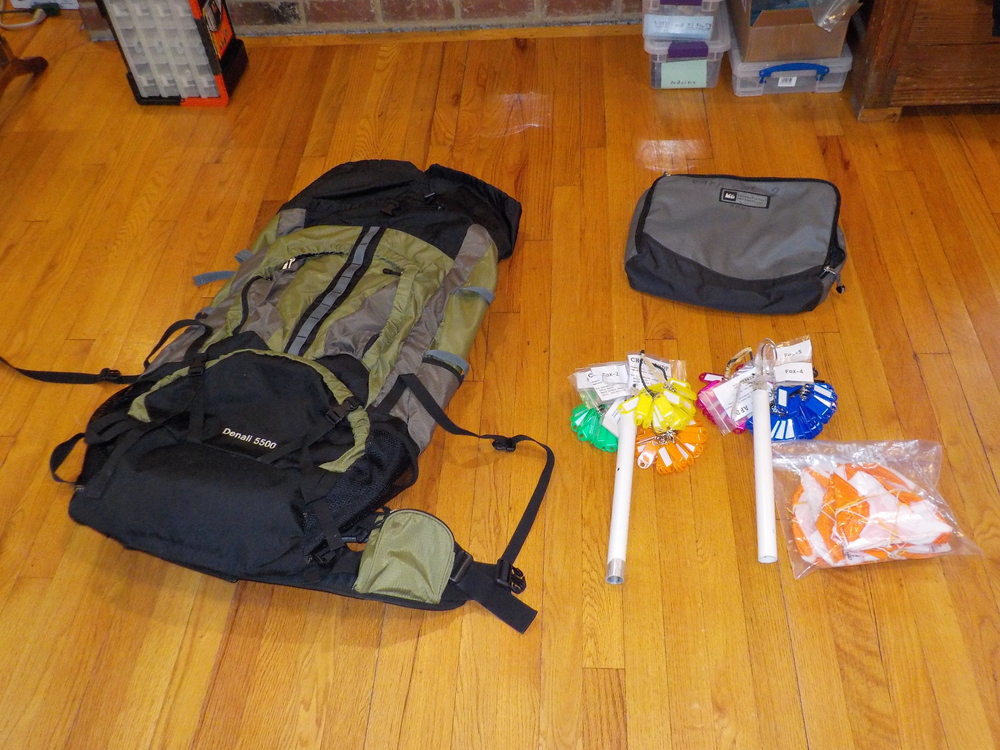
Fig. 1. Backpack, finder tags on ground rods, control flags, bag to hold finder tags. At each control, there is a control flag. Below it, there is a ground rod with "finder tags" on it. We don't have a course timing system yet. Instead, when a participant finds a control, they take one of the "finder tags". When they get to the finish, they show us which controls they found by showing us the finder tags they collected. The color of the finder tags is different at each of the conrols. Also, on the ground rods there is a label marking which fox it is and a second label with our contact information. In the picture, the six ground rods are separated into two sets and inserted into white PVC tubes to protect the bag that holds them. The ground rods and the bag of control flags go in the gray bag at top right. And that goes in the large backpack along with the spools and all the antenna hanging stuff (see next picture).
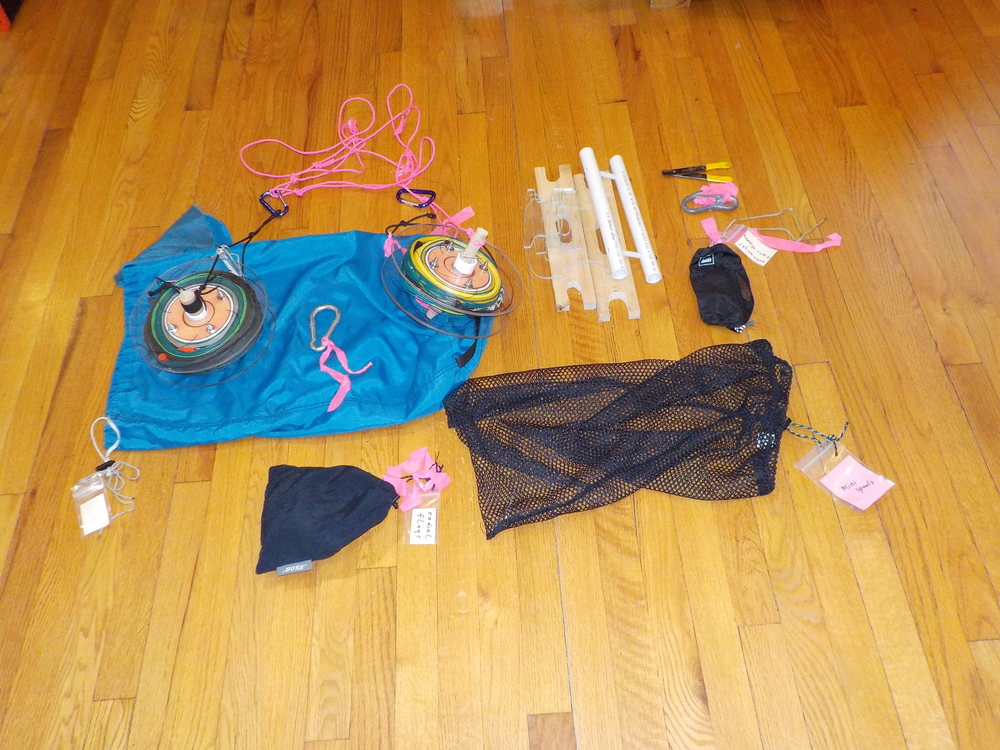
Fig. 2. The spool with verticals and spool with radials are on the blue bag. There are seven sets of verticals and seven sets of radials, one extra of each in case one breaks. The spools can be hung up with the pink string and biners. Between the spools is a heavy carabiner that acts as a weight. Each vertical has a string at the end. We put the weight at the end of the string, put it up over a branch a bit over 6 meters above ground, and let the weight pull the string down and the antenna vertical wire up. To the right are six mini spools to wind up extra string. To the right of that is a small bag which will hold the wire stripers and extra weight just next to it. The stripers are there in case one of the wires breaks close to the banana plug. With stripers, we can expose some wire and connect it to the binding posts on the transmitter. In the foreground to the left, the small black bag holds pink flagging tape to mark the radials. The large black mesh bag to the right will hold the small bags and the mini spools.
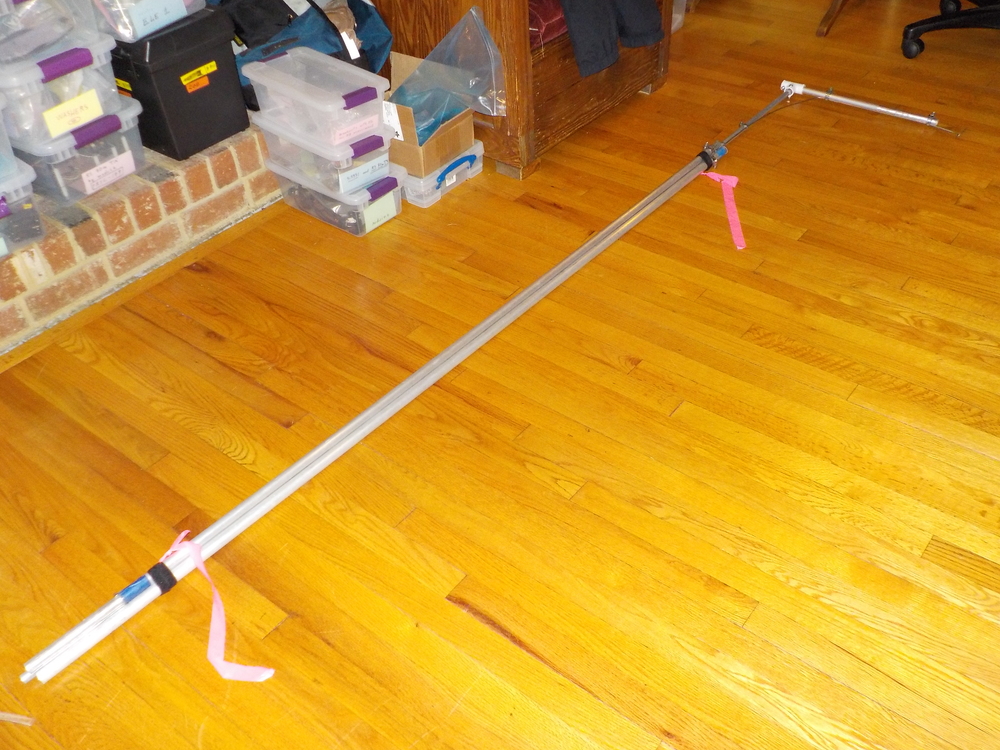
Fig. 3. Pole set to hand verticals. There are three sections, all aluminium. It has to reach higher than 6 m.
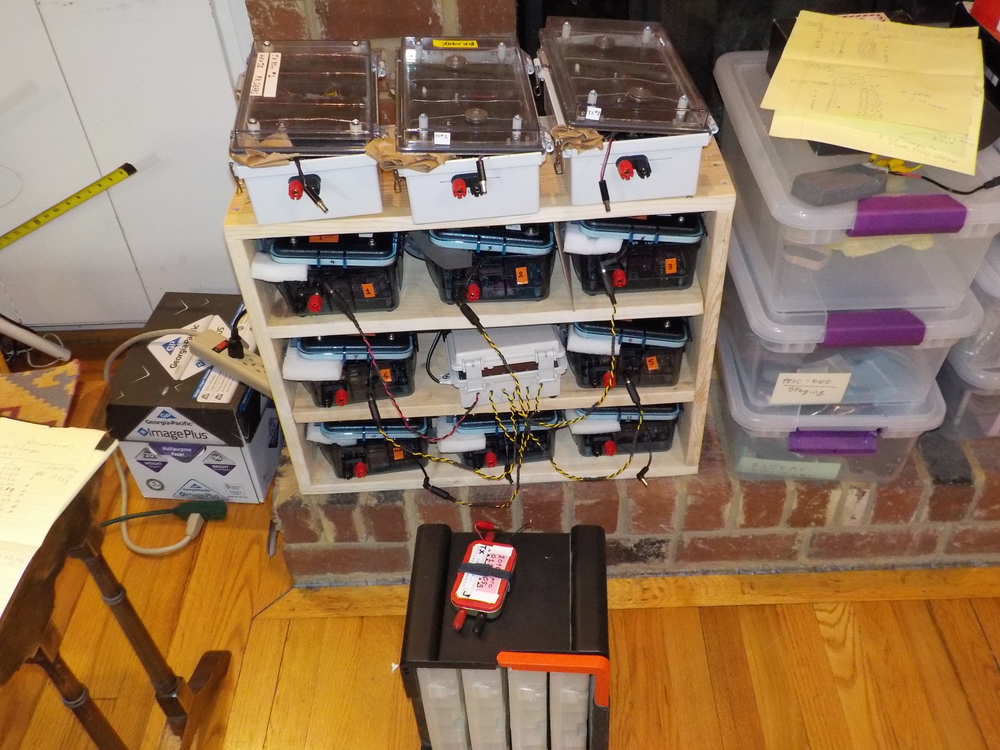
Fig. 4. Transmitters. All in custom shelves with charging station. The six transmitters that will be used are getting a top-off charge. On the box in front, there is also the transformer we use to get more power into the antenna at the homing beacon.
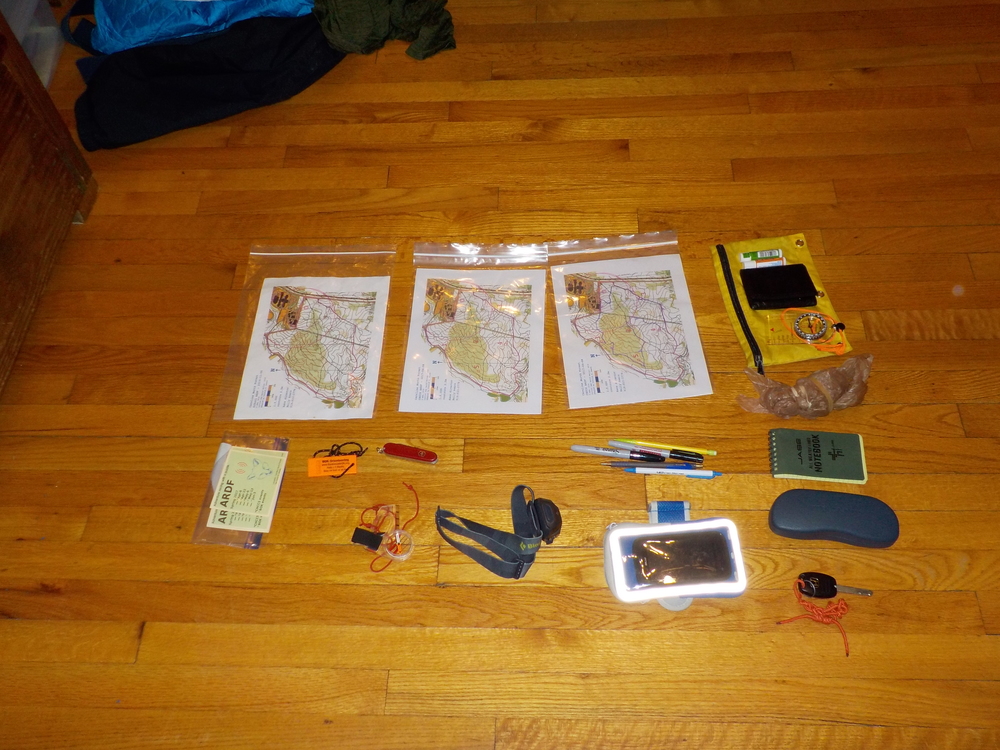
Fig. 5. Front bag. The front bag is the bag that I keep with me at all times. It sits on the front of my chest where I can access it easily. It's not in the picture, but these are all its contents. There are three maps in plastic holders. To the right on the yellow zip bag are lip balm, wallet, and extra compass. Below that I have small garbage bags to pick up trash we find in the forest, a green notepad, the case for my glasses, and the car keys. Moving to the left are pens, pencils, sharpies, my phone in a holder, a headlamp, a jack knife, a whistle, a thumb compass, and flyer cards. Sometimes, I meet someone during course setting and they are curious about what I'm doing. So I give them a flyer card.
Main event equipment.
All this stuff goes out later when we go to setup the registration/start/finish area.
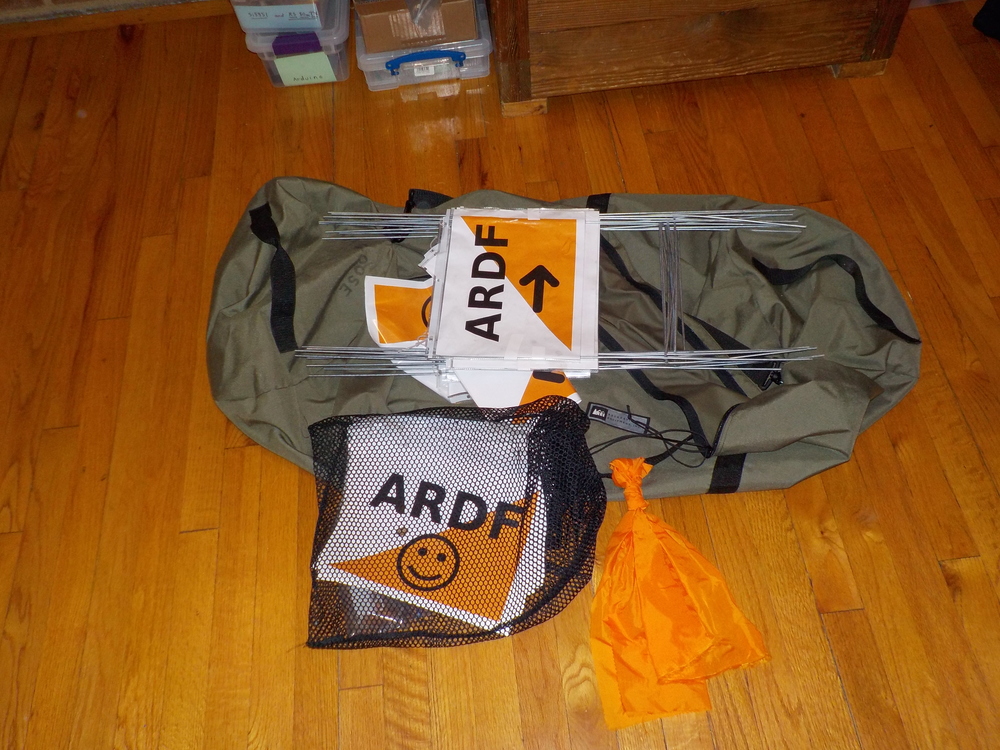
Fig. 6. The drive-in signs. These direct cars in.
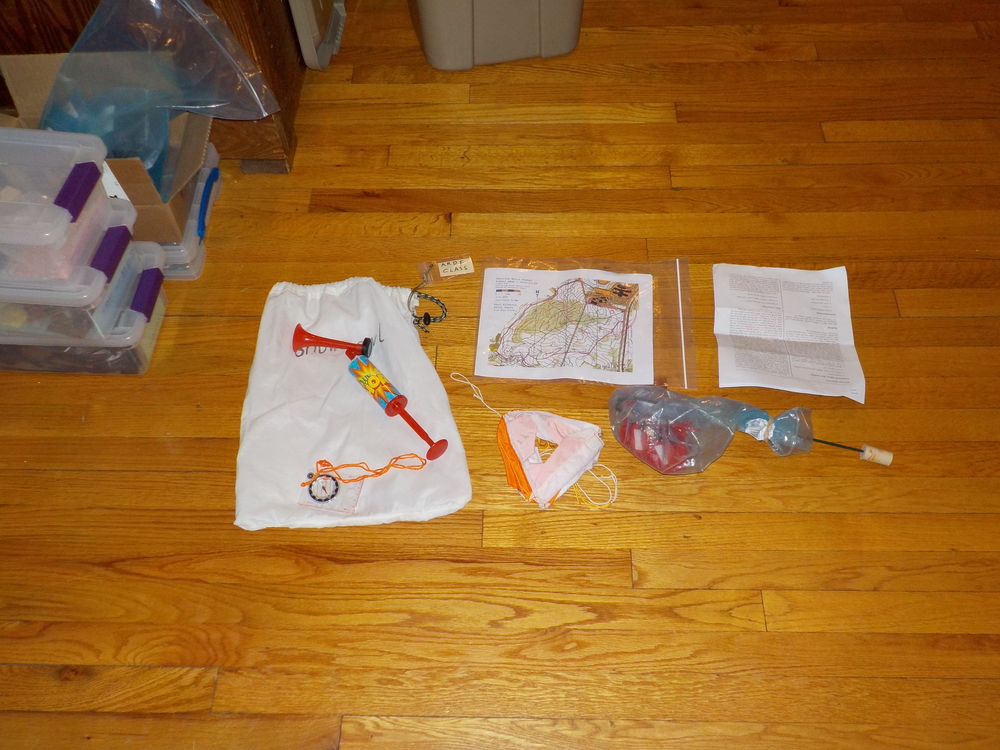
Fig. 7. Class bag. This has everything we need to teach the class except for a receiver. There is a compass, a horn in case we need to call everyone, a map, a control flag, ground rod with finder tags on it (it's in the blue plastic bag), and writeup for what to cover in the class.
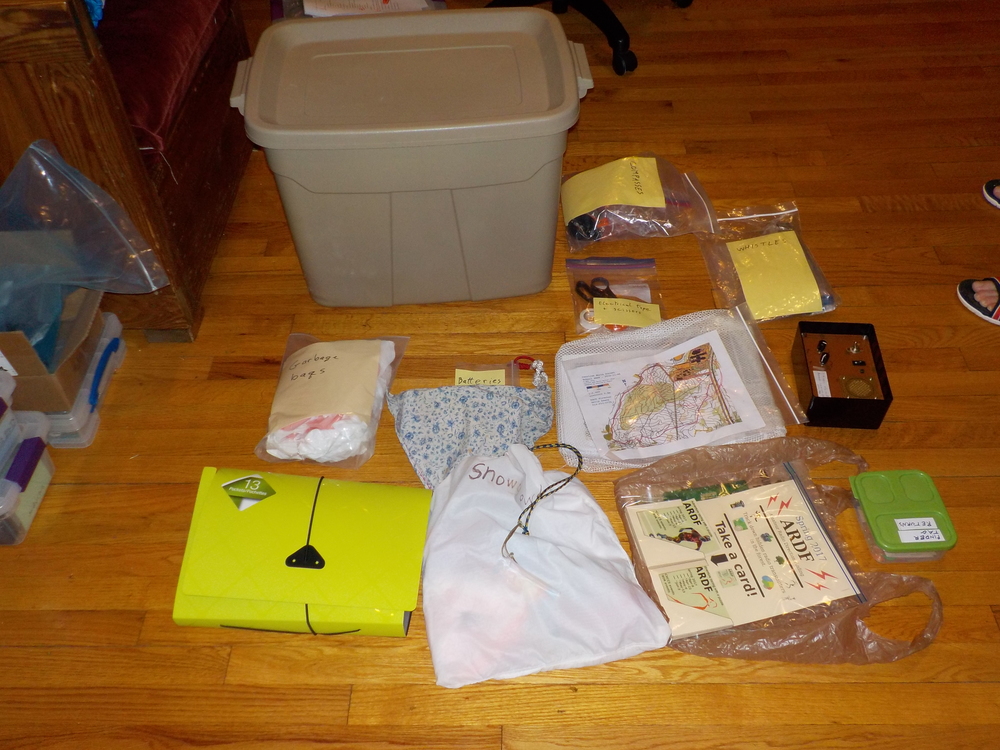
Fig. 8. The main ARDF box. It's the big beige box at the back. It contains most of the stuff that can fit in a single large box. All that stuff is on the floor in the picture. Going left to right and then up: A light green folder. It has all sorts of stuff including the list of participants, entry forms, pens, extra maps. Above the folder is a bag of garbage bags. To the right are the batteries bag and the class bag. To the right of that, there is the bag of flyers and flyer cards and a small box to collect finder tags at the finish. Moving up, we have the competitor maps and the starter box. Still further up, we have a bag with electrical tape and scissors, the bag of whistles, and the bag of compasses. The electrical tape and scissors are to mark positions on the frequency knobs.
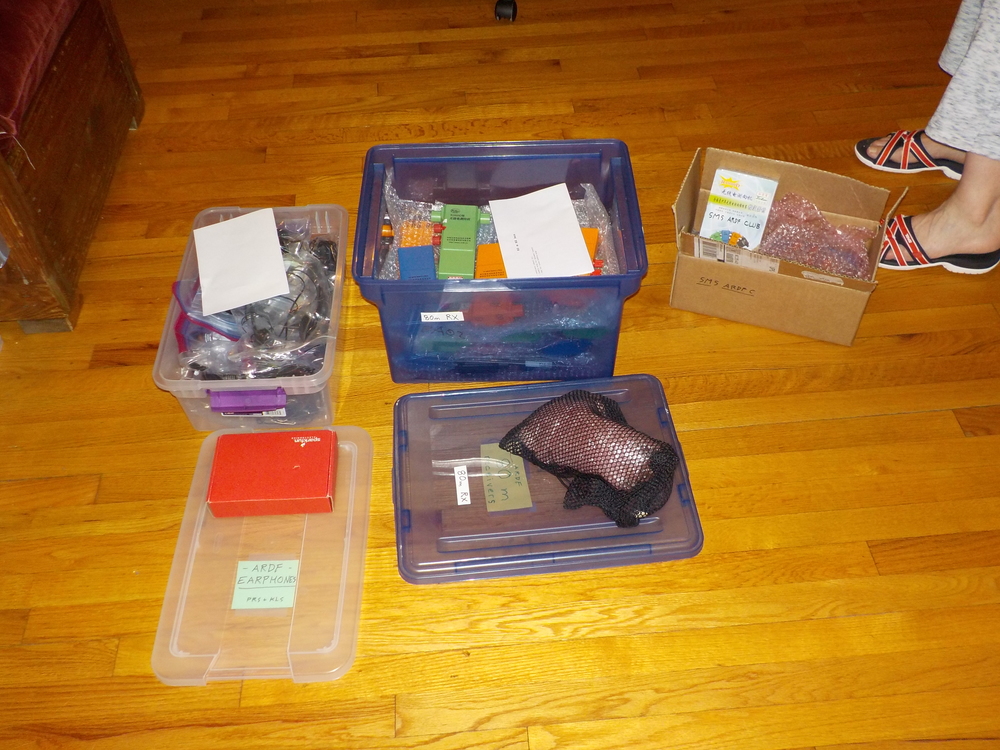
Fig. 9. Receivers and headsets. Three boxes. One for the receivers we lend for the event. One for SMS ARDF Club receivers. One for the headsets. The small red box has some splitters for the headsets. The black mesh bag is to hold the extra bubble wrap. Oh! And there are Kelly's feet : )

Fig. 10. Extras bag. This one usually stays in the car during the entire event. There are some spare transmitters in case one fails (not in picture). There is some flagging tape and finish shoot flags (bag at top right). Some extra spools in case we need them during pick-up. A tool kit. Mosquito repellent. Some sling shot rockets to put up verticals in case there is a problem with the poles.
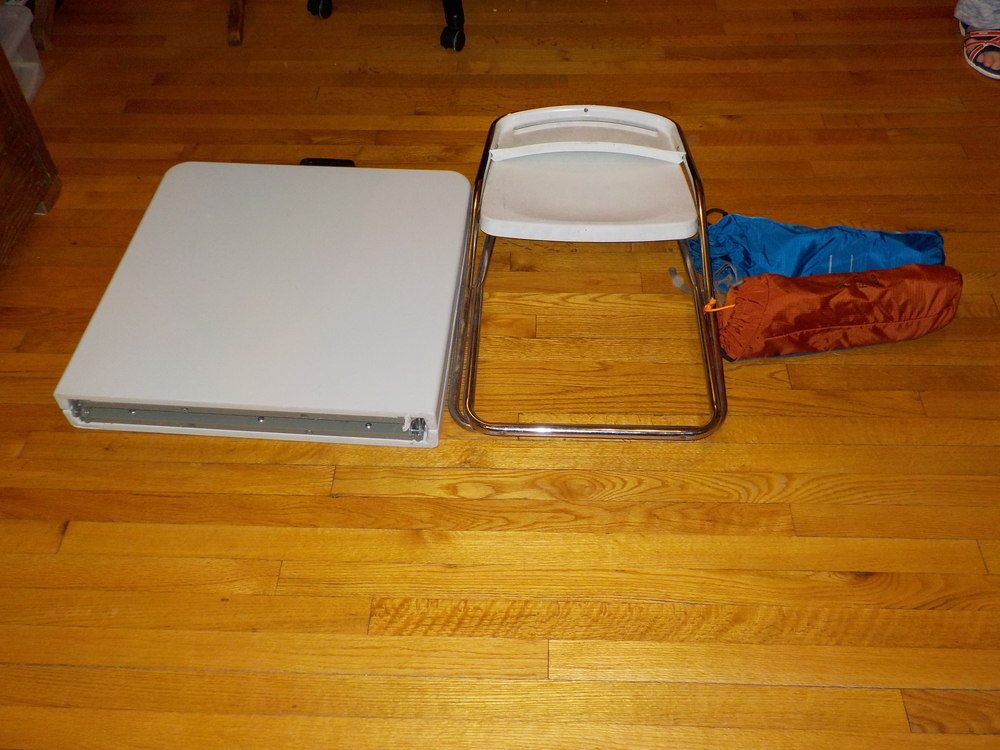
Fig. 11. Table and chairs. We have a small table we set up for registration and a regular chair for whoever is at the table. There are also two camp chairs. These are in case we have a long time with nothing to do as we wait for participants to return. So far, they've never been unpacked. Sometimes we park a tarp and poles for rain or sun (not pictured).
How it gets packed.
There is a first aid kit that stays in the car. The bag of drive-in signs, the vertical hanging poles, the table, and the chairs all go in the car the night before.
Apart from the poles, the course setting stuff can't go in until the morning of the event. Cell phone and headlamp are charging and they go in the front bag. The transmitters go in the bottom of the large backpack in reverse order of course setting placement. That is, the last transmitter that will be placed, gets put at the bottom of the bag. The reason for this is that all the equipment in the large backpack must come out of the bag at each control. Except that only one transmitter comes out of the backpack.
After course setting is done. I drive home, and I have a bit of breakfast if there is time. That hasen't happened the last two times. And then we pack the rest in the car. Some things not pictured go in at this time. Snacks for everyone, for example. And we drive back to the course for the day.